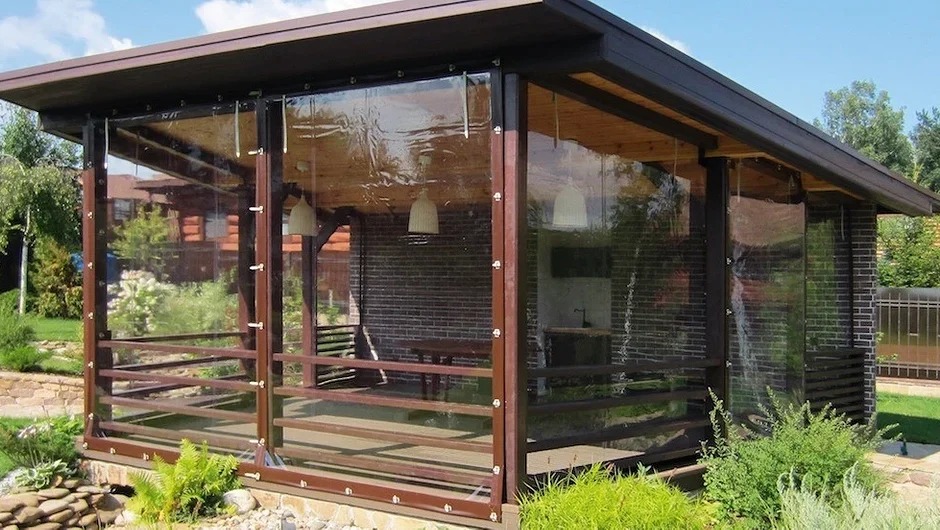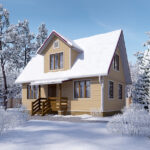The open veranda is a great place for summer gatherings. But in winter, the room will be covered with snow, and furniture, flooring, and decoration will suffer from moisture and frost. Protective curtains will help solve the problem.
Open (unglazed) verandas today are, as they say, in trend. An elegant balustrade looks more aesthetically pleasing than a solid parapet and wide open openings essentially unite the room with the garden. It’s easy to breathe here, and at the same time, you are protected from the rain and hot sun. But in the fall you have to remove furniture from the veranda, and in winter you have to periodically clear the snow, otherwise, the wooden floor will begin to rot.
To get rid of these hassles and at the same time be able to block out the wind in the summer, sometimes they install sliding glazing from floor to ceiling, but not everyone can afford such structures. Protective curtains (otherwise known as “soft/flexible windows”) can perform the same functions as glass but are much cheaper.
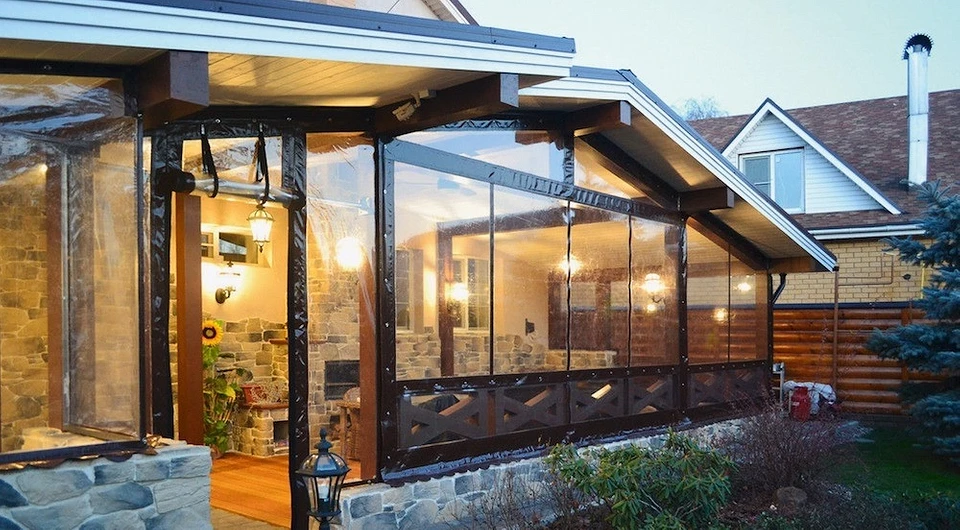
If the openings have a complex shape, you cannot do without calling a surveyor. The master will make a drawing and, if necessary, make patterns for the pediment parts. Only in this case, does the company guarantee that the curtains match the openings. It is worth considering that triangular and arched elements, as well as cutouts for cantilever beams, will significantly increase the cost of 1 m2 of product
What are protective curtains made of?
Most often, the material for “soft windows” is a special transparent PVC film, designed for operation at temperatures down to –30 °C (regular soft PVC loses its elasticity at –10 °C). Its thickness ranges from 500 to 1000 microns; It’s worth considering that thick film is much stronger and more resistant to wind loads than thin film. Another option is a polyurethane film, which has frost resistance down to –60 °C and high strength even with a thickness of 500 microns.
The transparent panel is usually edged with a strip of colored non-woven synthetic (for example, polyester) fabric. This edging serves for mounting fastening and closing elements, and at the same time performs a decorative function. The colored stripes must be securely welded to the PVC film.

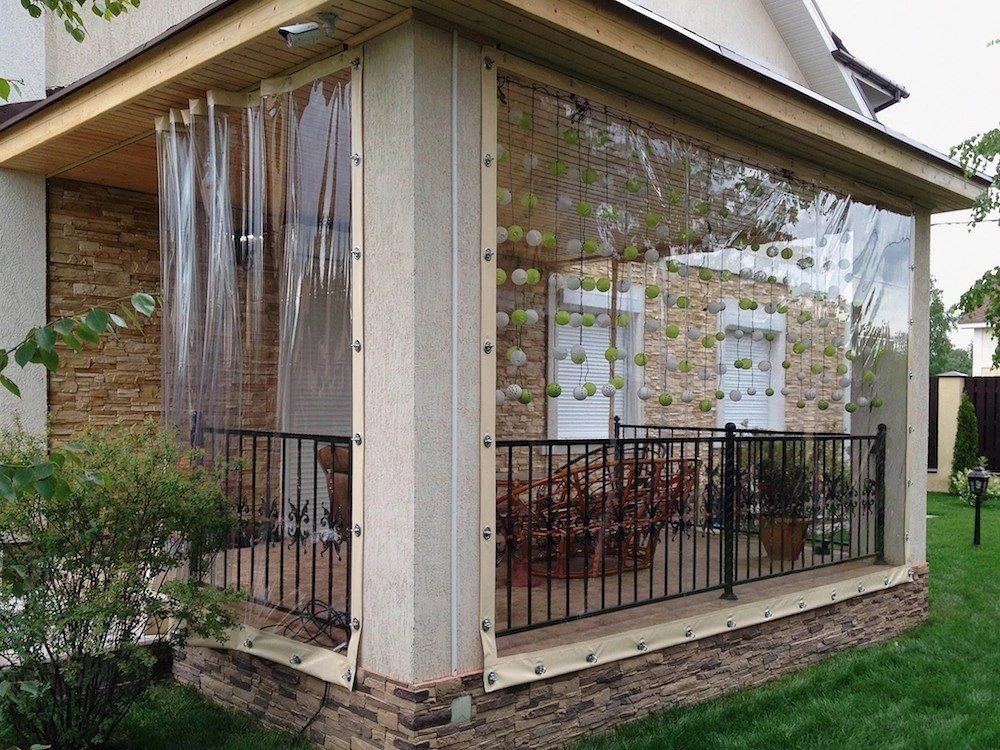
The principle of opening/closing soft windows
Typically, a curtain consists of several panels (their maximum width is 5 m), which can be connected with lacing or fastened to the frame elements of the veranda (gazebo). The second method is much more comfortable and reliable. As a rule, to open curtains, you need to unfasten the curtains, manually roll them into rolls, and secure them with straps at the curtain rod. In general, products are not designed to be opened and closed frequently.
A polyurethane protective curtain is lighter than a polyvinyl chloride one and is much more resistant to winter cold, but it will also cost almost twice as much
Ordering and installation of curtains
“Soft windows” are produced to order, with a production time ranging from 2 to 9 weeks. If you have decided on a company, you can call a surveyor to the site with samples of materials. If you want to find the best deal, you should stock up on a drawing of the veranda facade, contact several companies for a quote, and then compare prices.
Installing curtains takes very little time. It is necessary to screw the top edge to the strapping beam of the veranda frame – for this purpose, they use “capercaillie” fasteners, for which the curtains usually have holes reinforced with grommets; if there are no such holes, the fasteners are placed in increments of 30 cm and washers with a diameter of at least 20 mm are used. After this, all that remains is to mark the places for the locks or belts and attach them to the posts. The product warranty is usually 1 year.
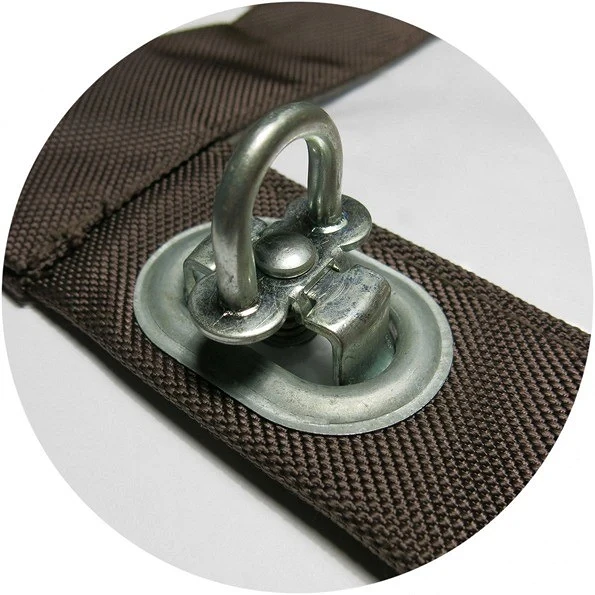
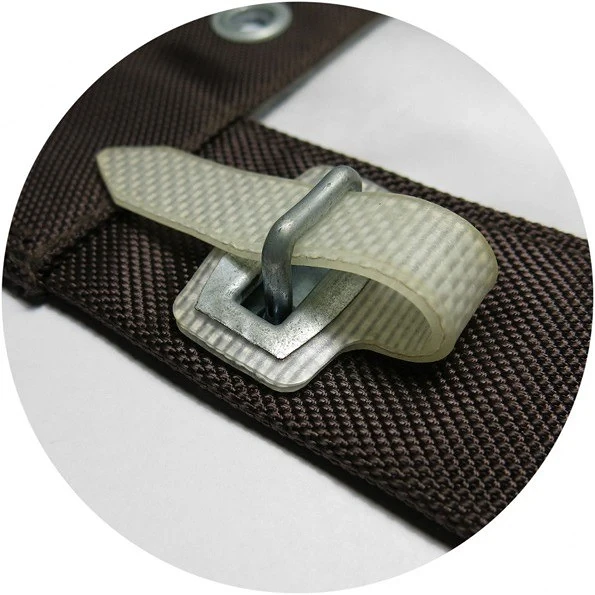
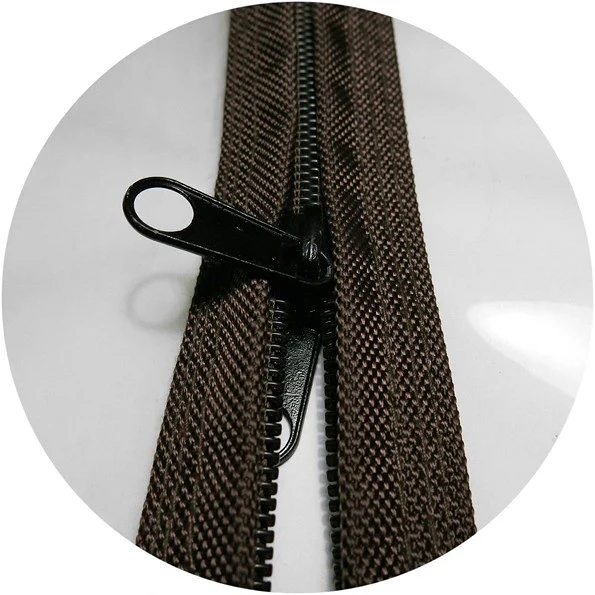
Pros and cons of soft windows
| PROS | MINUSES |
| Quite durable, frost- and wind-resistant: according to manufacturers, they can withstand winds of up to 25 m/s. | They are relatively short-lived: service life is 7–10 years. |
| They almost do not spoil the appearance of the building, leaving balustrades, pillars and other architectural elements visible. | At first, they may release harmful volatile compounds. |
| They provide insolation to the room, although they are inferior to glass in terms of light transmission. | The film does not allow steam to pass through, interfering with room ventilation. As a result, wooden structures dry poorly and may even begin to rot (the problem can be easily solved by installing ventilation holes and valves). |
| Safe, easy to clean (can be washed with a strong stream of water) |

